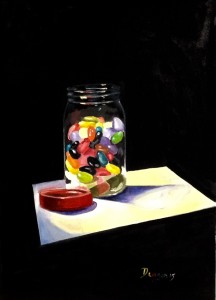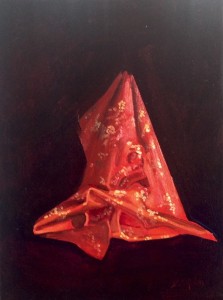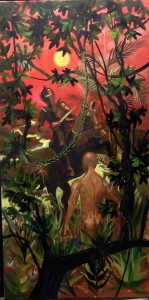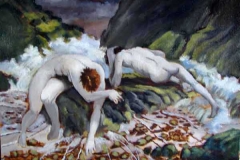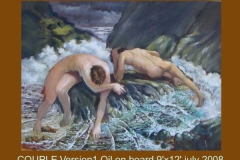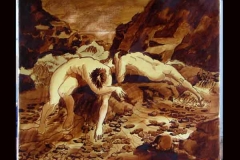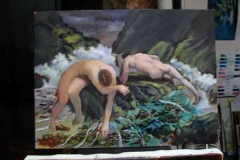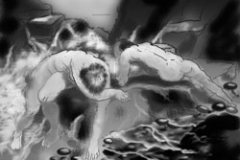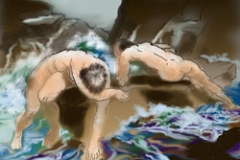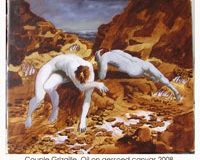“There are no rules. No guidelines. No boundaries .” my friend complained. “How do you do abstract
Thinking about it, I could see he had a genuine concern. I had no answer other than to mutter “ Mysticism. Its about esoteric mystical concepts of purification. Its shamanic identification with the creative process.”
He frowned. Clearly that was not helpful.
Perhaps we could consider its parentage in Cubism and Surrealism?
Cubism itself had its lineage, including ( in no particular order)
- Cezanne’s difficulties understanding binocular vision, resulting in multiple viewpoints.
- New style shop windows which allowed the artist to see not only the window contents but also the reflected artist and the street behind him.
- Double exposures and X-ray photography
- Einsteins Theories on space and time
- Bargue’s guidelines for figure drawing
- The “discovery” of indigenous art, which was ( no..still is )viewed romantically as somehow more “pure” or “elemental”. It was used as a kind of purgative to remove layers of sclerotic culture and offered a new beginning. The new beginning became a nightmare in WW1
The outcomes of this torrent we are all familiar with. The upshot was a structure of mostly straight lines creating interpenetrating planes and a kind of elliptical composition. These planes do not exist behind the picture plane, but on it, or even project illusionistically into the viewers space, while still remaing parallel to the picture plane.
Understanding this structure is important, for it provides the underpinning of abstraction, the dominant “look” of the style. The Bauhaus reinforced this, taking over architecture, typeface, furniture. Its everywhere.
.
Surrealism had two arms, both belonging to Madame Blavatsky.
One was dependent on traditional illusionistic painting. Only the subject matter was bizarre. Burning giraffes come to mind.This flourishes in film still.
Of more importance was a more extreme outpouring of Freud and Jung’s unconscious that utilised chance or surrender of control as a creative principle. Hence the throwing and splashing, the random ravages of weather or processes such as burning or collaged images from every fifth page.
When American artists in the aftermath of WW2 and the Korean war discovered calligraphy it blended seamlessly with this style of Surrealism.
The preparation of the artist before gesturing meaningfully upon a canvas was central to the creative process . Very Zen. Lots of positive and negative space.This is the shamanic side of abstraction. This led to extremes which in turn literally killed artists. Drug addiction is a poor preparation it seems.Better to meditate upon Earth Air Fire and Water, or play the Sex Pistols VERY loud.
So there is the Yin and Yang of it. On the one hand the artist manipulates mediums to create a structure that is an expression of the artists will, and the cubist ghost is never far away: and on the other the artist becomes part of the medium which creates by itself a structure that is revealed in the making, and is independent of the artist’s will. Surreal really.
In actual practice, most artists waver between these extremes. Kandinsky encompassed both. Most of the abstract “isms” live or die here.
Wolesy will bury his drawings for six months, Klien will cover his models in paint and roll them across a canvas, Gleeson will let paint run and blend , then use the result as a trigger for his quite beautiful brush. Mondrian and other purists were messionic about minimal means. Kline ,Motherwell and the Europeans Matthieu, Sonderborg took gestural calligraphy to extremes, but never matched the Chinese. Pollock poured out his soul, but who knows where it went?
Vestigial colours of landscape, a horizon here or there, a hint of a figure and some will cry “ Its not abstraction!” But does it really matter?
In the zeal some posess to “restore the old ways of the masters” we had better be careful. It’s a coaches nightmare to have his team obsessing about what the opposition is doing. Rather than pointless spleen levelled at Modern Art and its advocates, it makes more sense to remember that the work that was produced belonged to a particular historical period. Even if we don’t like the art, we should have the sense to view it with the eye of the anthropological archaeologist. “ What does this thing mean?” is a question never fully answered. And we might learn something after all.
Brian Deagon
6/02/2012
Related Images:
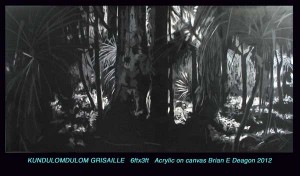
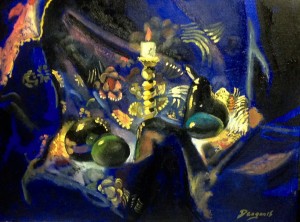
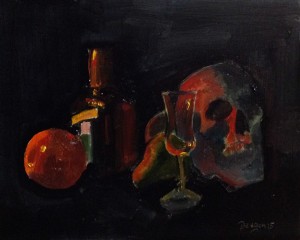 Warm and inviting or threatening to freeze like its close relative, Chaos,
Warm and inviting or threatening to freeze like its close relative, Chaos,